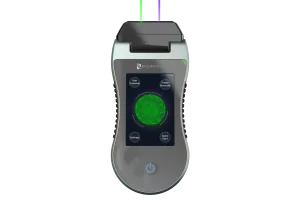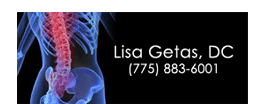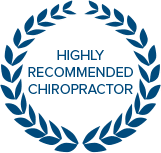Cold Laser Therapy
The Newest Addition to Cold Laser Therapy & The World’s Most Energetic Laser.
 We are excited to bring you the latest advancement in laser technology through rigorous clinical research and engineering. The GVL was shown to be the most effective wavelength combination for the increase of ROM and decrease in pain in a single session. This is currently the first and only green wavelength laser FDA cleared. Unique to the green wavelength is the ability to affect complex 3 in the Electron Transport Chain (ETC). No other wavelength can impact this complex, and it is critical for moving to complex 4 to produce ATP
We are excited to bring you the latest advancement in laser technology through rigorous clinical research and engineering. The GVL was shown to be the most effective wavelength combination for the increase of ROM and decrease in pain in a single session. This is currently the first and only green wavelength laser FDA cleared. Unique to the green wavelength is the ability to affect complex 3 in the Electron Transport Chain (ETC). No other wavelength can impact this complex, and it is critical for moving to complex 4 to produce ATP
Erchonia Laser Therapy
Erchonia Overview
| OFFICE HOURS |
| Monday | 9:00am - 5:30pm |
| Tuesday | 9:00am - 5:30pm |
| Wednesday | 9:00am - 5:30pm |
| Thursday | 9:00am - 5:30pm |
| Friday | Closed |
| Saturday | Closed |
| Sunday | Closed |
LifeWave Patches
We Carry LifeWave Products: CLICK HERE

Lisa Getas, DC
200 West Long Street
Carson City, NV 89703
(775) 883-6001



